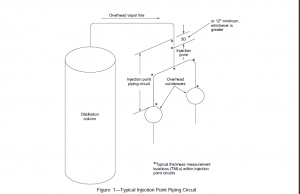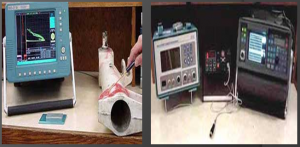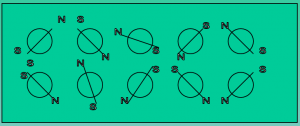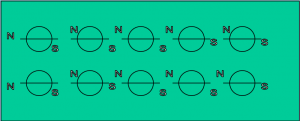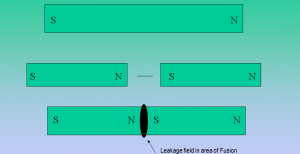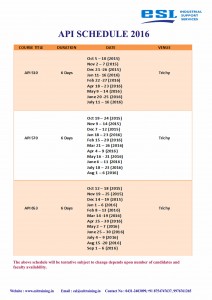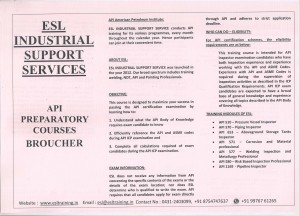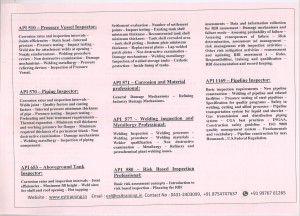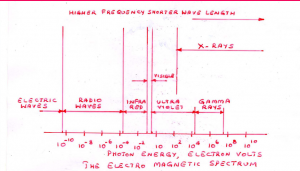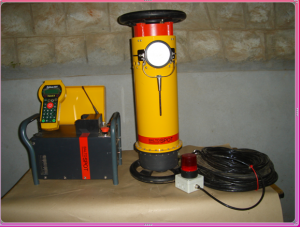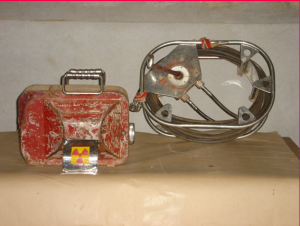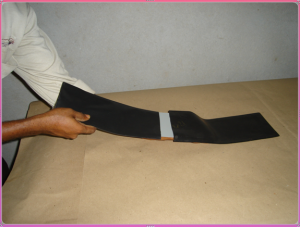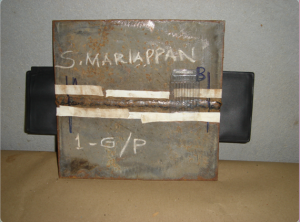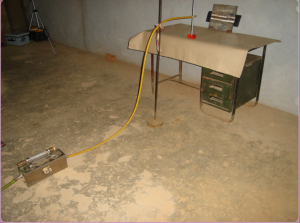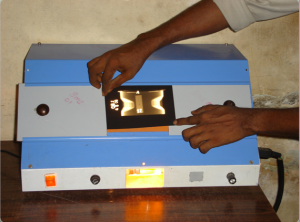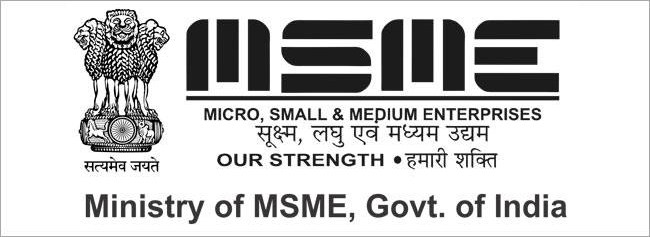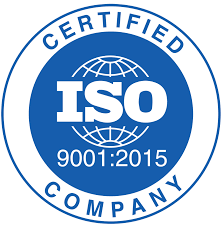API 510 Questions
1.A PQR was qualified in SG position using a new welder. But production welding is to be done by the same welder in 3G position. Which of the following are applicable as a minimum?
- Both procedure and welder shall be re-qualified in 2G position.
- The qualified procedure can be used, only welder needs to be re-qualified in 3G position.
- The welder is qualified, but the procedure needs re-qualification.
- Both procedure and welder need not be re-qualified.
2.A procedure is required with preheat temp = 2S0oF. Two WPS were made based on this PQR. All other parameters being same WPS (A) showed preheat temp = 280°F and WPS (B) showed preheat temp = 140°F, will you:
- Reject (A) & (B)
- Accept (A) only
- Accept (B) only
- Accept both
3.In a certain PQR for SMAW, the electrodes used for all passes were of AWS classification (E7018). Corresponding WPS also showed filler materials as E 7018. Now the manufacturer proposes to change the filler material in WPS to E 701S. Will you ask manufacturer to:
- Quality new PQR with E 7015 electrodes.
- Revise only WPS showing the change from E 7018 to E7015 and submit WPS as a new revision.
- Revise only the PQR showing the change and resubmit for approval.
- Revise both WPS and PQR showing the change and resubmit for approval.
4.A PQR in GTAW process was qualified with PWHT with A 516 grade 70 materials, ¾” thick. The thickness for production welds is 1.0”, but without PWHT. The manufacturer claims that same PQR will be O.K. What is your assessment?
- It qualifies required conditions hence no new PQR is required.
- It qualifies thickness but not It does not qualify “No PWHT” condition, hence new PQR is required.
- It qualifies “no PWHT” condition, but not thickness. New PQR is required.
- It does not qualify both thickness as well as “No PWHT” – condition, hence new PQR is required.
5.For 515 grade 60 material, the following results were obtained for two tensile test specimen during a PQR qualification.
Specimen T1: failed in B.M. at 57,400 psi
Specimen T2: failed in weld metal, at 59,500 psi
Your assessment is:
- PQR test is OK since both are within acceptance criteria
- PQR test is rejected as both T1 and T2 are not within the acceptance criteria
- PQR in rejected because T1 is OK but T2 has failed
- PQR in rejected because T1 is failed thoughT2 is OK
6.A procedure is qualified with Base metal THK. = 20mm. Two WPS were made based on this PQR. Other parameters being same, WPS (A) showed Base Metal Thk. = 38 mm and WPS (B) showed Base Metal Thk. = 6mm.
Your assessment is:
- Reject (A) & (B)
- Accept (A) only
- Accept (B) only
- Accept both
7.A welder has made 25 SMAW groove welds, but the guided bend test for the welder’s qualification was never performed. In order to avoid cutting out all of the production welds made by this welder, which of the following minimum steps would be taken to validate the qualification?
- Radiograph the welder’s first production weld and accept the qualification based on acceptable weld quality by radiography.
- There is no alternative to qualifying a welder by the guided bend test.
- Have the welder prepare a test coupon and have the bend test done on that. If bend test is okay, accept the welds already made.
- Radiograph all 25 welds, regardless of the governing specifications for sample selection.
8.In a radiographic examination of butt weld (Thk= 3.5 in.) the Geometric un-sharpness shall not exceed?
- 0.02″
- 0.04″
- 0.03″
- None of above
9.Select suitable Hole Type (Source Side) penetrameter for following weld joint:
Base Mertal Thk. = 7/8”
Backing Strip Thk. = 3/16”
Weld Re-enforcement Thk. = 1/8”
- No. 20
- No. 25
- No. 30
- None of the above
10.If type of penetrameter in above question is changed to wire type what shall be the wire designation (wire diameter In Inch)?
- 0.025 dia. (No.10)
- 0.016 dia. (No. 8)
- 0.032 dia. (No.11)
- None of the above
11.For steel plates and welds to be checked by LPI what shall be the penetration time for the Penetrant?
- 10 min for weld, 5 min for plate
- 5 min for both
- 10 min for both
- 5 min for weld, 10 min for plate
12.After applying the developer the examiner checked four welds for surface defects after following period, weld A after 5 minute, weld B after 10 minutes, weld C was checked after 30 minutes and welds D after 65 minutes. Which of the welds were checked wrongly?
- Weld A and B
- Weld C and D
- Weld D only
- Weld A and D
13.For MT examination by Prod Technique the spacing between prods shall be between?
- 4 inch to 12 inch
- 4 inch to 10 inch
- 3 inch to 10 inch
- 3 inch to 8 inch
14.Calculate estimated inspection period for external and internal inspection for a vessel whose remaining life is estimated as 12 years?
- Internal = 6 years, external = 10 years
- Internal = 6 years, external = 5 years
- Internal = 5 years, external = 10 years
- None of the above
15.As per WPS the material used is SAS16 Gr.70 and the electrode used is E-7018. What are the P. No. and F No.?
- 1 and 4
- 4 and 1
- 2 and 4
- 4 and 2
| Q. NO. | ANSWER |
| 1 | D |
| 2 | B |
| 3 | B |
| 4 | B |
| 5 | C |
| 6 | D |
| 7 | A |
| 8 | B |
| 9 | B |
| 10 | D |
| 11 | D |
| 12 | D |
| 13 | D |
| 14 | B |
| 15 | A |



